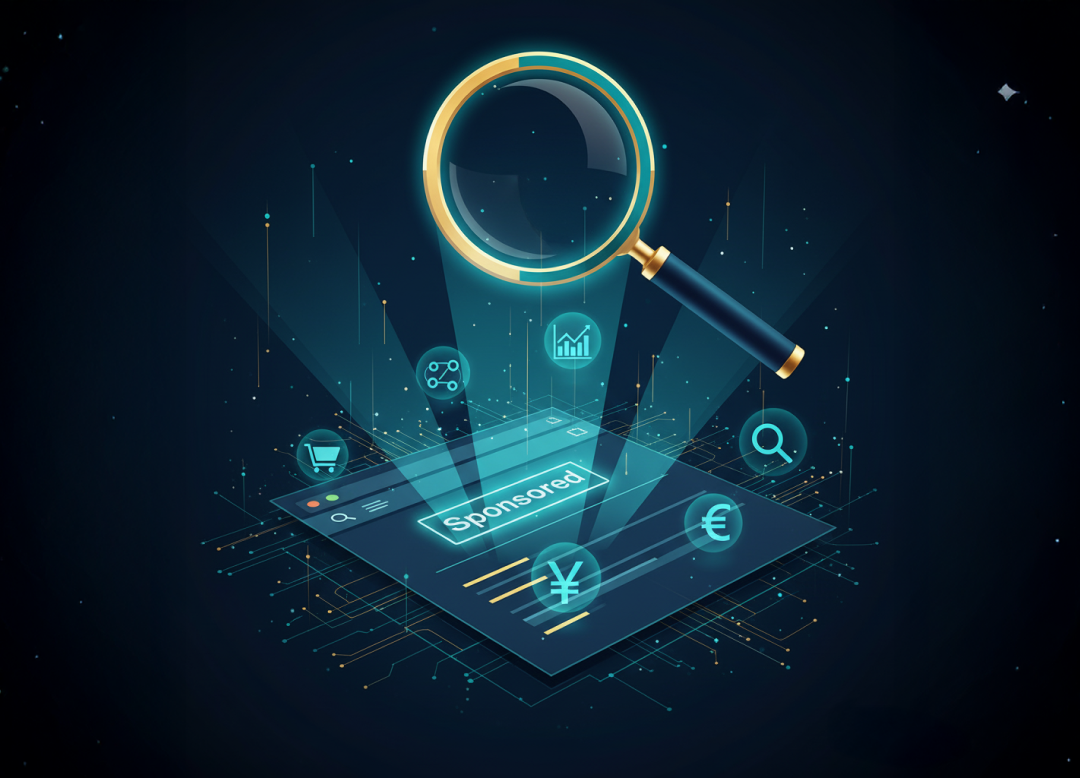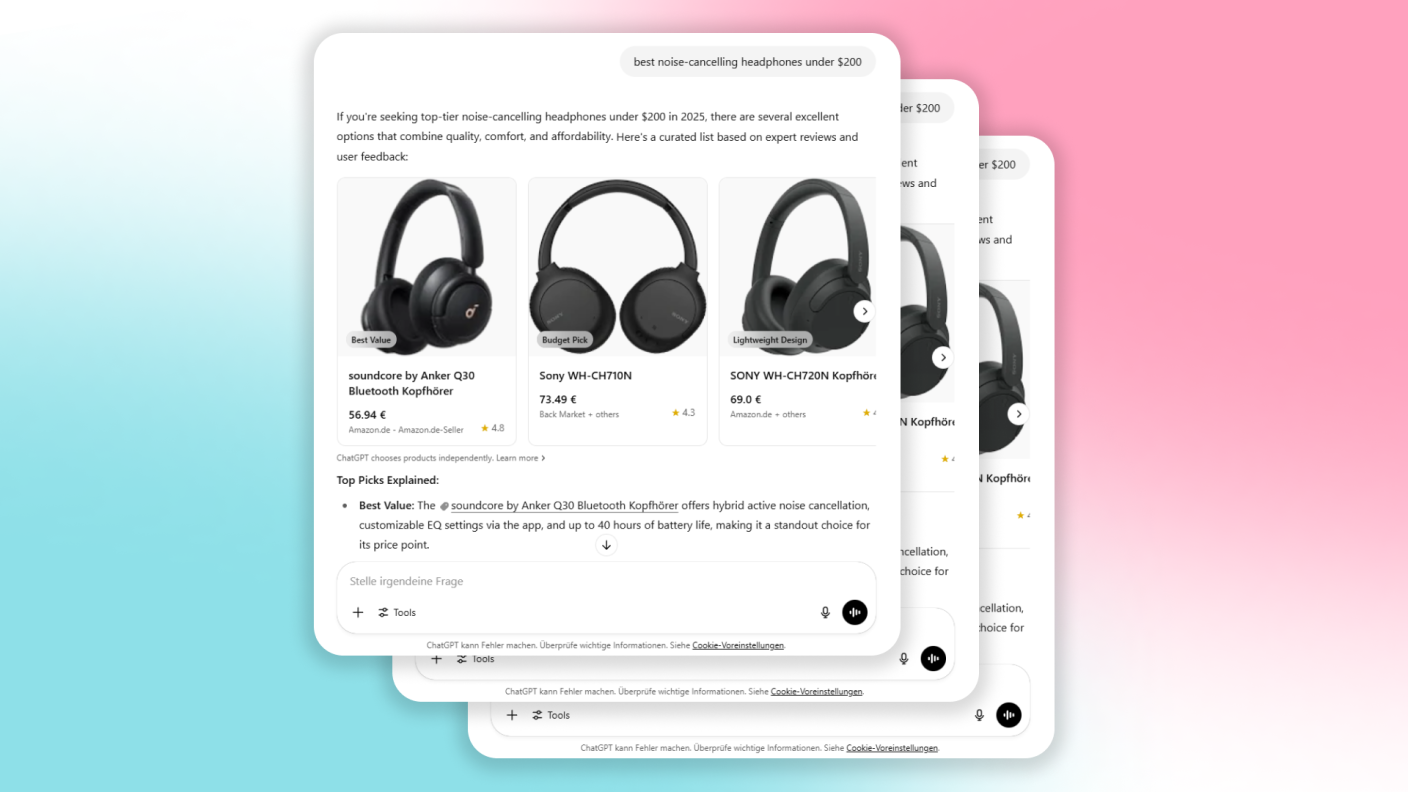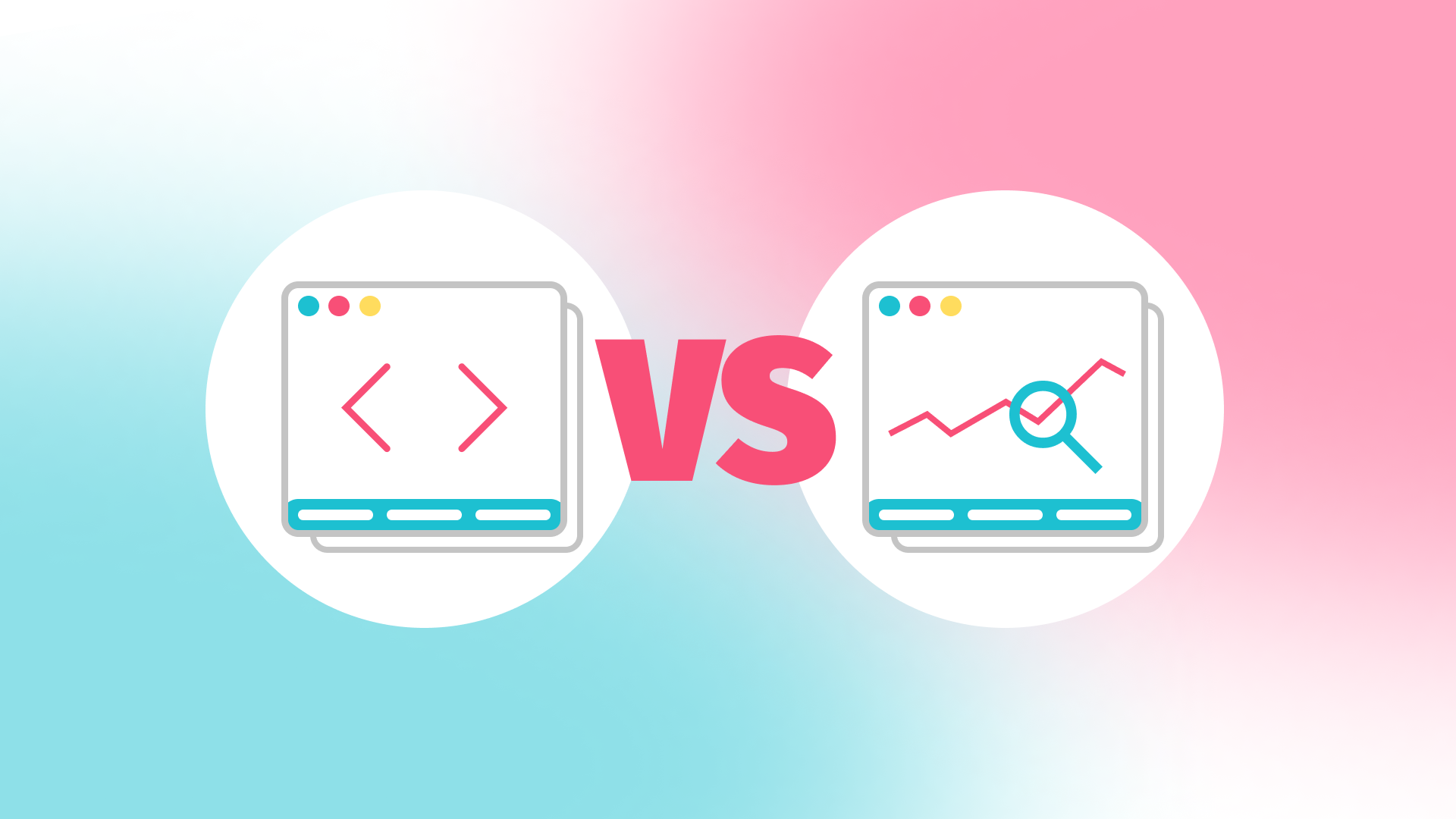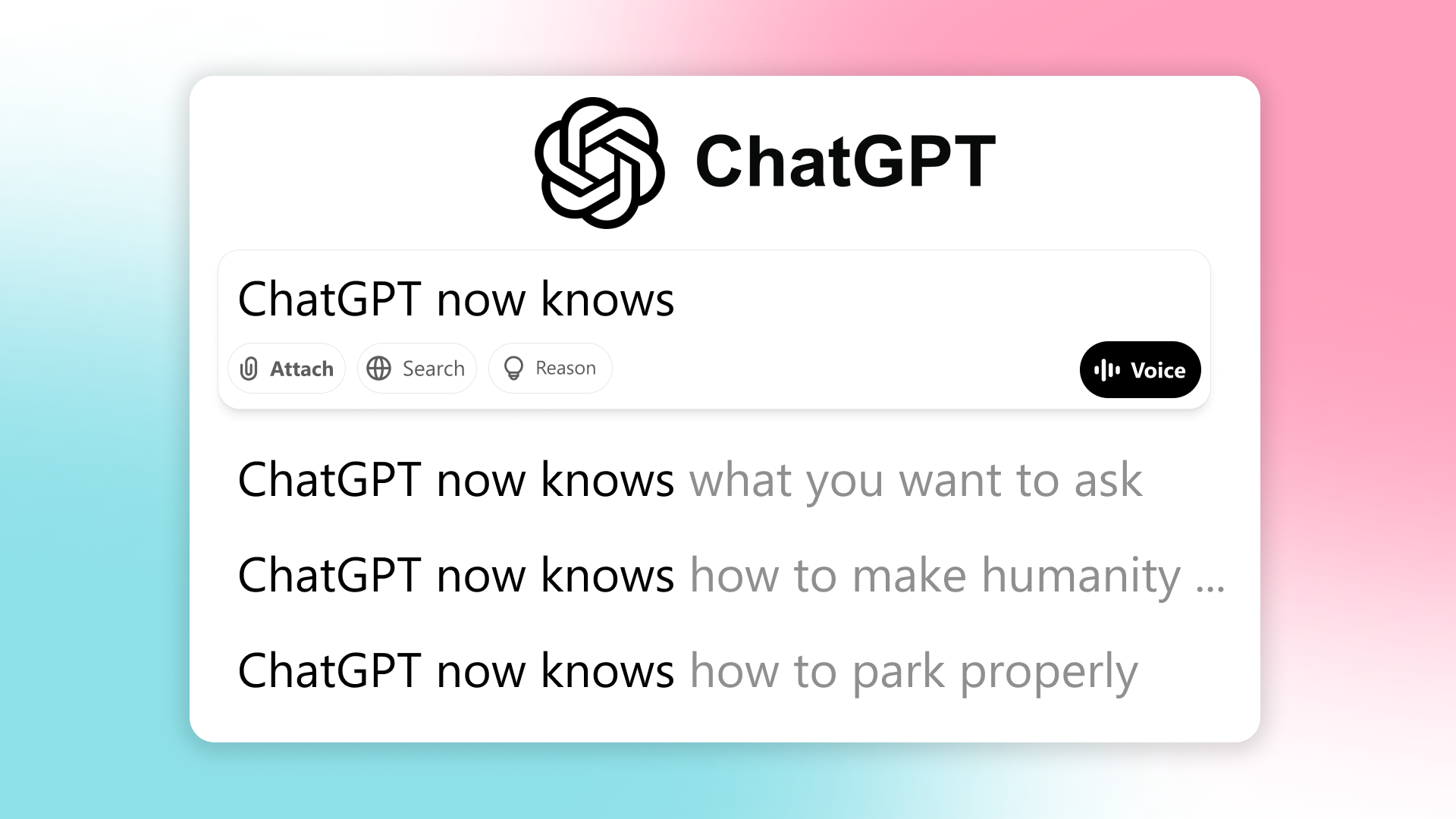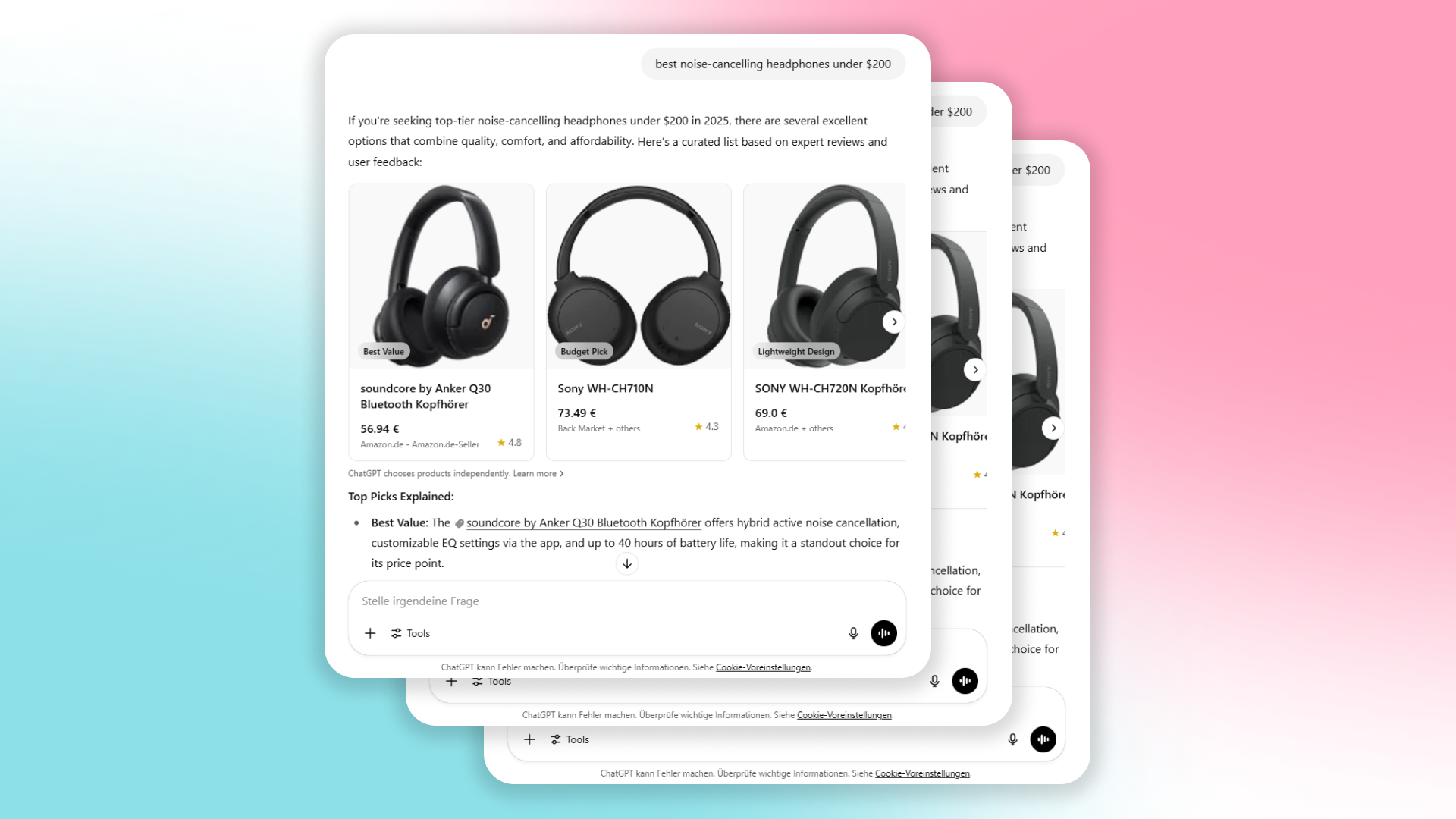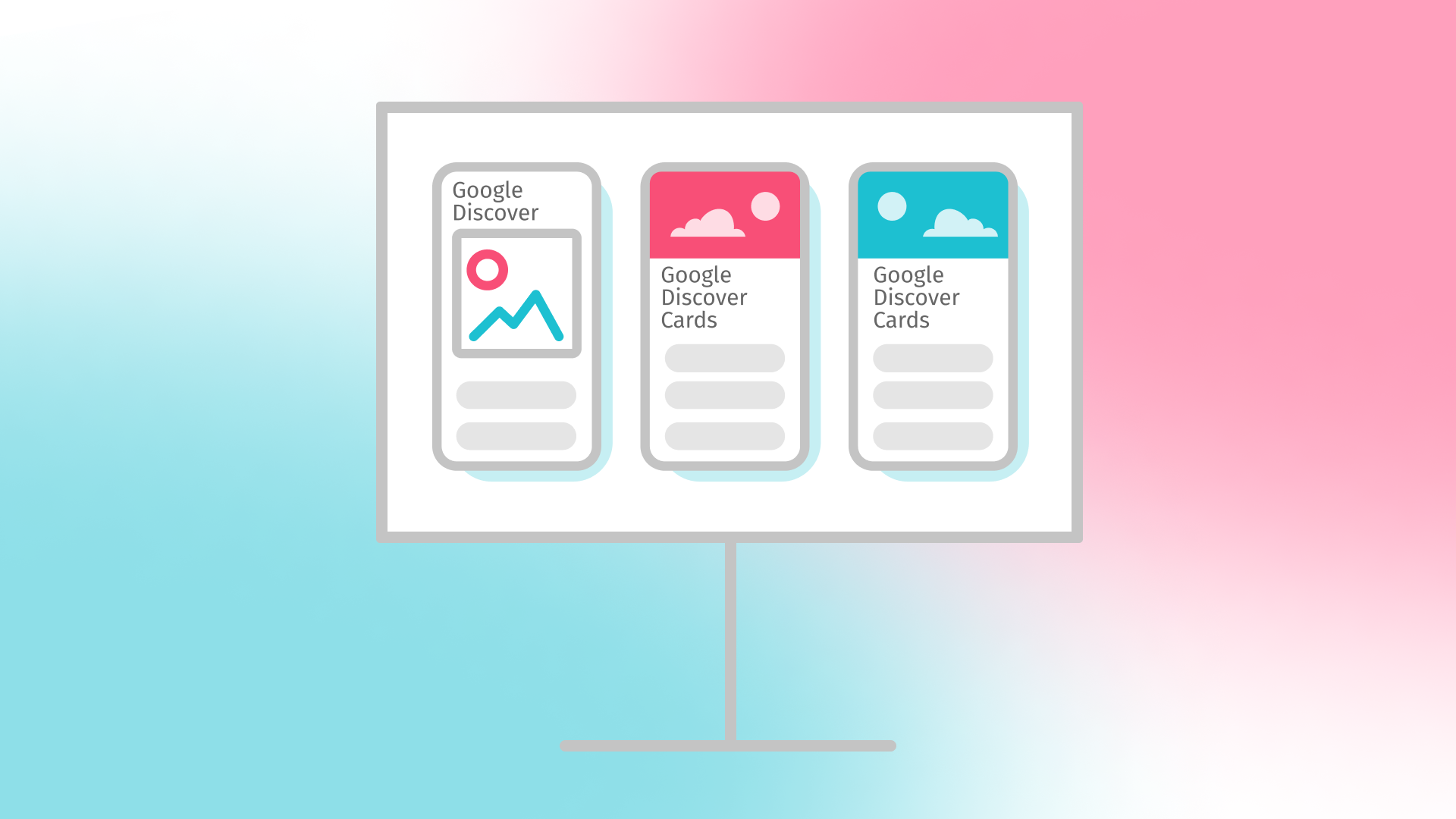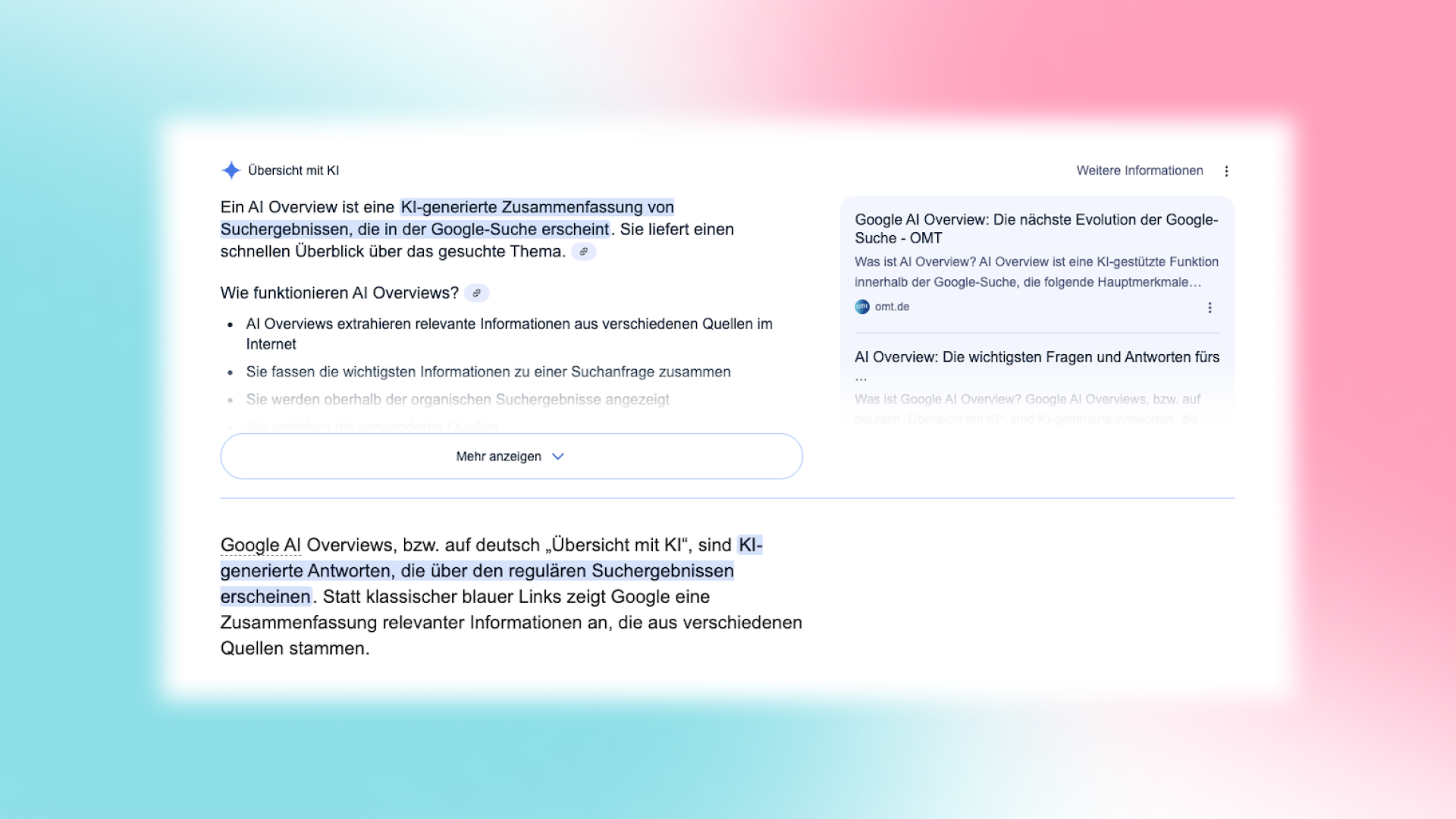In the dynamic world of search engine optimization, it is crucial for companies to achieve the highest possible visibility in search results. As the most widely used search engine, Google is the key player here. However, if you do not adhere to the search engine's guidelines, you risk being penalized by Google - a so-called Google Penalty. This penalty can have a drastic impact on the rankings and traffic of your website and can even lead to complete removal from the Google index. In the following, we will reveal the reasons for such a penalty and how you can recognize and rectify them.
What is a Google Penalty?
A Google Penalty is a penalty imposed by Google when a website violates Google's Webmaster Guidelines. These guidelines are intended to ensure that websites provide high-quality and relevant content and do not use unfair methods to manipulate their rankings. The penalties can be triggered both manually by Google employees and algorithmically by changes in the search algorithm.
The different types at a glance
There are basically two types of Google penalties: manual and algorithmic. Manual penalties are imposed by Google employees when a website violates the guidelines. The webmaster is informed of the penalty and the reasons for it in the Google Search Console. Algorithmic penalties, on the other hand, occur when a new algorithm is rolled out during a Google update. This type of penalty is often more difficult to identify as there is no direct notification in the Google Search Console. The effects of both penalties can vary depending on the severity of the violation.
Possible reasons for a Google Penalty
There are numerous causes that can lead to a Google Penalty. Some of the most common violations are:
- Keyword stuffing: Excessive use of keywords in texts to artificially achieve a better ranking.
- Cloaking: Displaying different content for users and search engines in order to deceive them.
- Bad backlinks: Links from dubious or untrustworthy sites.
- Duplicate content: Copying content from other websites in order to generate faster content.
- Unlabeled paid links: Paid links that are not clearly labeled as such.
How to recognize a Google Penalty
There are various signs that indicate a Google Penalty. While manual measures are easily recognizable by a notification in the Google Search Console, algorithmic penalties can often only be detected by a precise analysis of the SEO data. Possible signs could be the following:
- Sudden loss of traffic: If your website suddenly experiences a sharp drop in visitors, this could be an indication of a penalty. Check your Google Analytics data to identify changes in traffic.
- Ranking loss: A significant drop in search results is a typical sign of a Google Penalty. This can affect individual URLs, certain keywords or even the entire website. Therefore, monitor your rankings regularly and compare them.
SEO tools help to identify traffic fluctuations or ranking losses and analyze them more precisely.
How long does a Penalty last?
Here too, a distinction must be made between algorithmic and manual penalties. With the algorithmic penalty, it is sufficient to correct the violations so that the Google algorithm re-evaluates the page at the next crawl and automatically removes the penalty. The rankings usually recover completely.
In the case of a manual penalty, however, the webmaster must submit a “Reconsideration Request” via the Search Console. This request describes the measures taken to correct the rule violations. Google reviews the request and decides whether the penalty will be lifted. There is no guarantee that the penalty will be lifted. However, it is possible to resubmit the request if additional adjustments have been made. Google describes in detail how to submit a reconsideration request in its webmaster help section.
Measures to resolve a Google Penalty
The Google Penalty should be rectified as soon as possible. It is advisable to follow the steps below:
- Root cause analysis: Find out which violations led to the penalty. In the case of a manual penalty, you will receive information in the Google Search Console, whereas in the case of an algorithmic penalty, you must first research the cause yourself. In the latter case, SEO tools could prove useful.
- Fix the problems: Once the cause has been determined, it is important to eliminate it in a targeted manner. You should also adapt your SEO strategy to avoid future violations of Google guidelines.
- Reconsideration request: In the event of a manual penalty, you must request a reconsideration from Google once the violations have been rectified. To do this, you submit the so-called “Reconsideration Request”.
- Regular review: To avoid future violations, continuous monitoring of your website and SEO practices is essential. Regular audits help to identify potential problems at an early stage and rectify them before they lead to serious penalties.
Conclusion
The consequences of a Google Penalty can be serious. Companies that are devalued in the search results often see a dramatic drop in organic traffic, which can lead to a loss of potential customers and sales. It is therefore crucial to follow Google's guidelines and respond to a penalty as quickly as possible. A proactive SEO strategy that focuses on the quality and relevance of content helps to minimize the risk of future penalties and ensure long-term visibility in search results.

